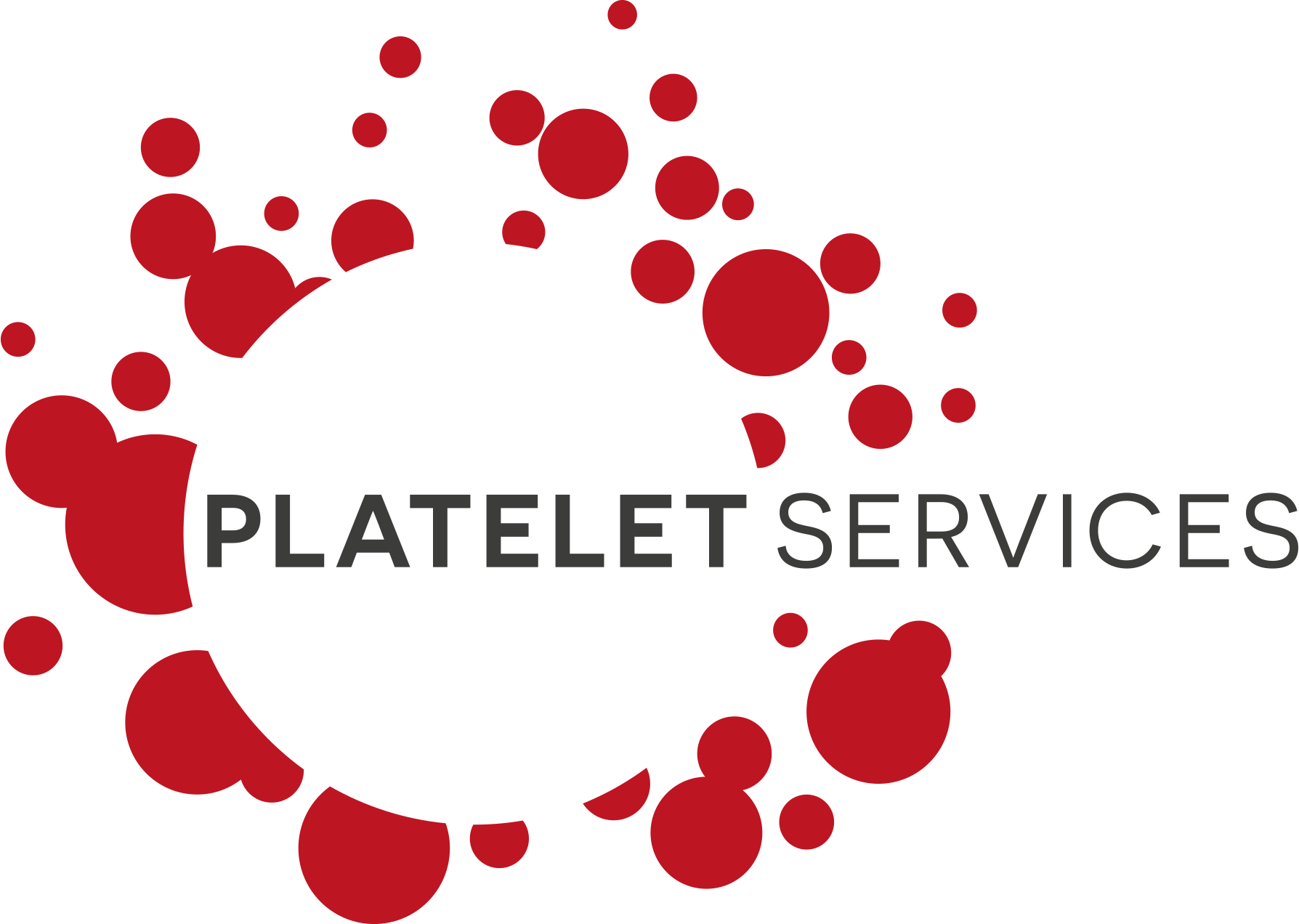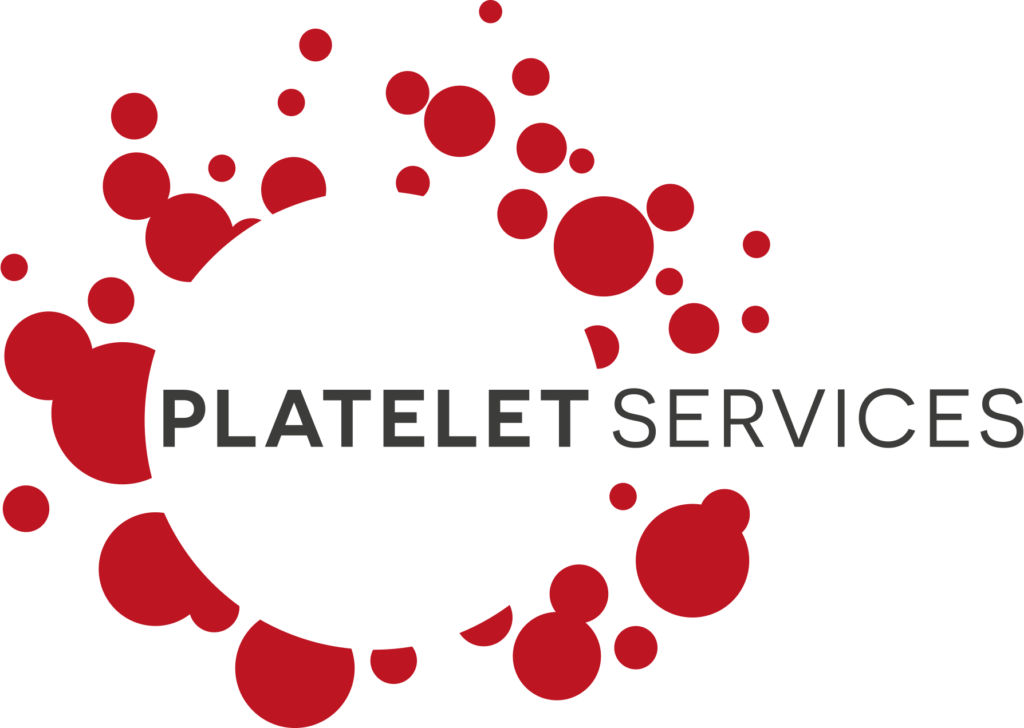In the second instalment of our antiplatelet therapy series, we take a look at intravenous (IV) antiplatelet therapy and how it came to be used.
In a previous blog1, we provided a brief overview of the 50-year evolution of oral anti-platelet therapy, which began with the findings of the first randomised, controlled trial of aspirin in the secondary prevention of mortality from myocardial infarction (MI)2.
These decades also saw the emergence of acute percutaneous coronary interventions (PCI) aimed at restoring blood flow in the blocked coronary arteries that lead to an MI. Principal among these interventions was percutaneous transluminal coronary angioplasty (PTCA – first applied in 19773), in which a balloon-tipped catheter is introduced into the coronary artery and inflated to disrupt the vessel narrowing. Although a highly effective intervention, PTCA causes massive damage to the blood vessel wall, providing a perfect environment for platelet activation, which often resulted in thrombotic re-occlusion of the artery, compromising the initial success of the procedure.
Improving outcomes of PTCA
The profound, localised, pro-thrombotic conditions of PTCA overwhelms the relatively “weak” antiplatelet effect of aspirin, which inhibits just one pathway involved in platelet activation – therefore something with more pronounced and immediate broad-spectrum, efficacy was required instead. A clue to a possible approach was provided by the congenital bleeding disorder of Glanzmann’s Thrombasthenia, which results from a deficiency of the platelet membrane glycoprotein IIb/IIa, (GPIIb/IIIa, integrin alpha IIb beta3), which, through binding of fibrinogen, is crucial for platelet aggregation. This provided the stimulus for the development of a therapeutic antibody (abciximab, ReoPro) to the GPIIb/IIIa receptor, which, administered intravenously (IV), proved highly effective in reducing thrombotic events following PTCA4.
However, the tight binding of ReoPro to its platelet receptor and prolonged inhibition of platelet function means that there is also a prolonged period of increased risk of bleeding complications. This led to the search for alternative IV GPIIb/IIIa antagonists, leading to identification of peptide (integrelin, Eptifibatide5) and small molecule (tirofiban, Aggrastat6) inhibitors. These agents had more controllable effects, in particular a shorter duration of action.
Recognition of the central amplifying role of the ADP/P2Y12 receptor axis in platelet activation7 led to the development of the IV P2Y12 antagonist, cangrelor8 (Kengreal), with a rapid onset and offset of effect, as an alternative approach.
Evolving roles: from routine to rescue
As a class, the IV GPIIb/IIIa antagonists were pivotal in improving outcomes following PTCA, but their use has declined as a result of the evolution of PCI, particularly the use of coronary stents and, as discussed in our previous blog, the emergence of dual antiplatelet therapy (DAPT) using an oral P2Y12 antagonist plus aspirin. However, they still find use as a rescue/bailout option in cases with no reflow or with thrombotic complications9. Similarly, cangrelor has utility in patients undergoing PCI who have not received an oral P2Y12 inhibitor, and its use as a “bridging” strategy prior to initiating oral P2Y12 inhibitor treatment is still being explored8. Both classes of IV agents provide an important alternative in patients in whom oral delivery is compromised due to vomiting, opioid administration for pain relief, or mechanical ventilation.
The impact of oral and intravenous antiplatelet therapies
Oral and intravenous antiplatelet therapies have significantly improved outcomes and outlook for patients with coronary artery disease. Discovery and development of these agents has been driven by understanding and application of platelet physiology, pathophysiology and pharmacology, and access to a wide range of methods for platelet function testing.
Here at Platelet Services, we provide full-range, independent pre-clinical services in platelet testing. Our mission is to use best practice to solve platelet challenges in drug discovery and development.
- https://plateletservices.com/2024/04/oral-antiplatelet-therapy-half-a-century-of-evolution/
- https://www.ncbi.nlm.nih.gov/pmc/articles/PMC1633246
- https://www.thelancet.com/journals/lancet/article/PIIS0140-6736(78)90500-7/fulltext
- https://www.nejm.org/doi/10.1056/NEJM199404073301402?url_ver=Z39.88-2003&rfr_id=ori:rid:crossref.org&rfr_dat=cr_pub%20%200www.ncbi.nlm.nih.gov
- https://www.nejm.org/doi/full/10.1056/NEJM199808133390704
- https://www.ahajournals.org/doi/full/10.1161/01.cir.96.5.1445
- https://onlinelibrary.wiley.com/doi/abs/10.1046/j.1365-2141.2000.02208.x?sid=nlm%3Apubmed
- https://www.ahajournals.org/doi/10.1161/JAHA.121.022125
- https://doi.org/10.1093/eurheartj/ehad191

